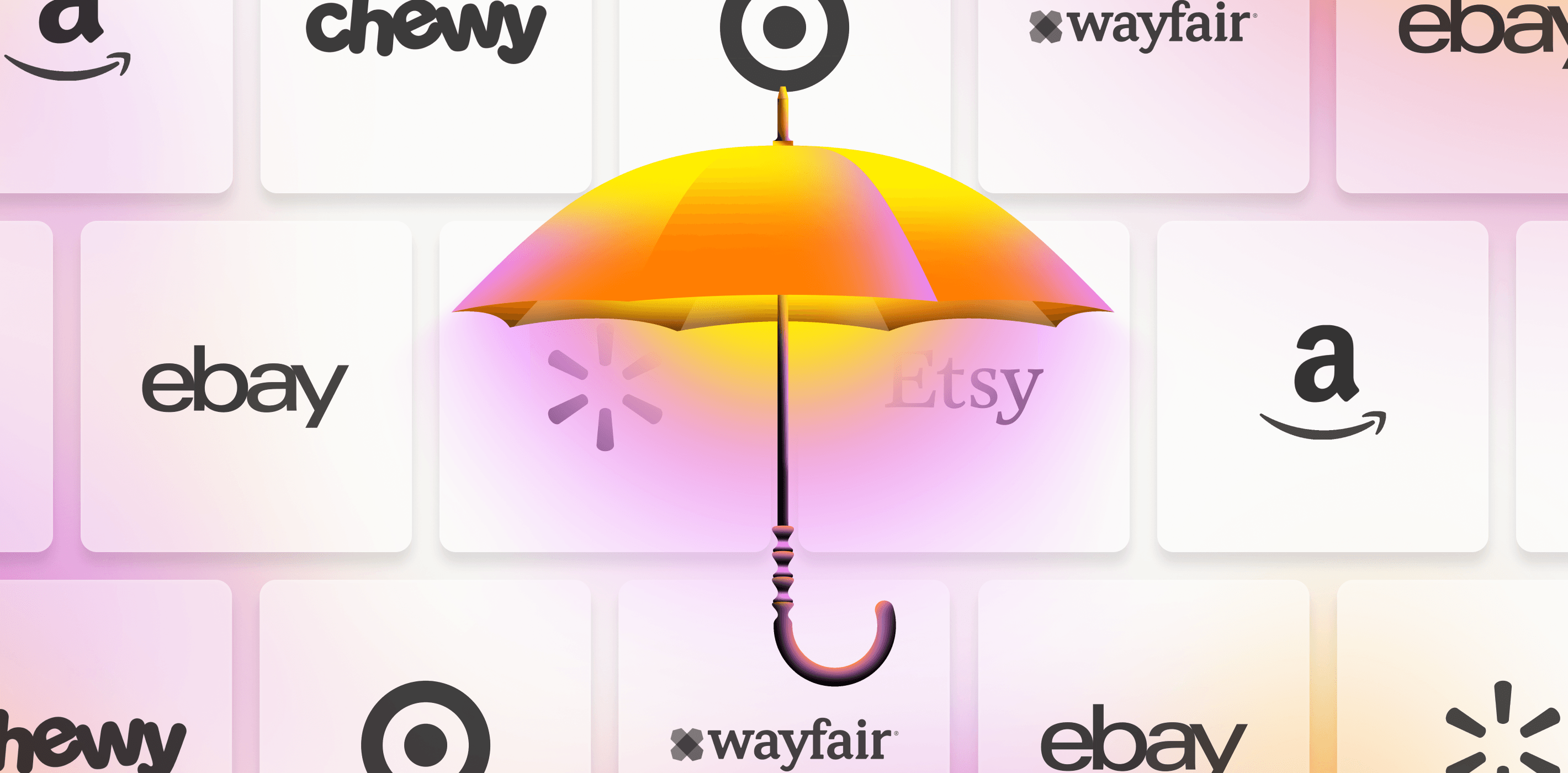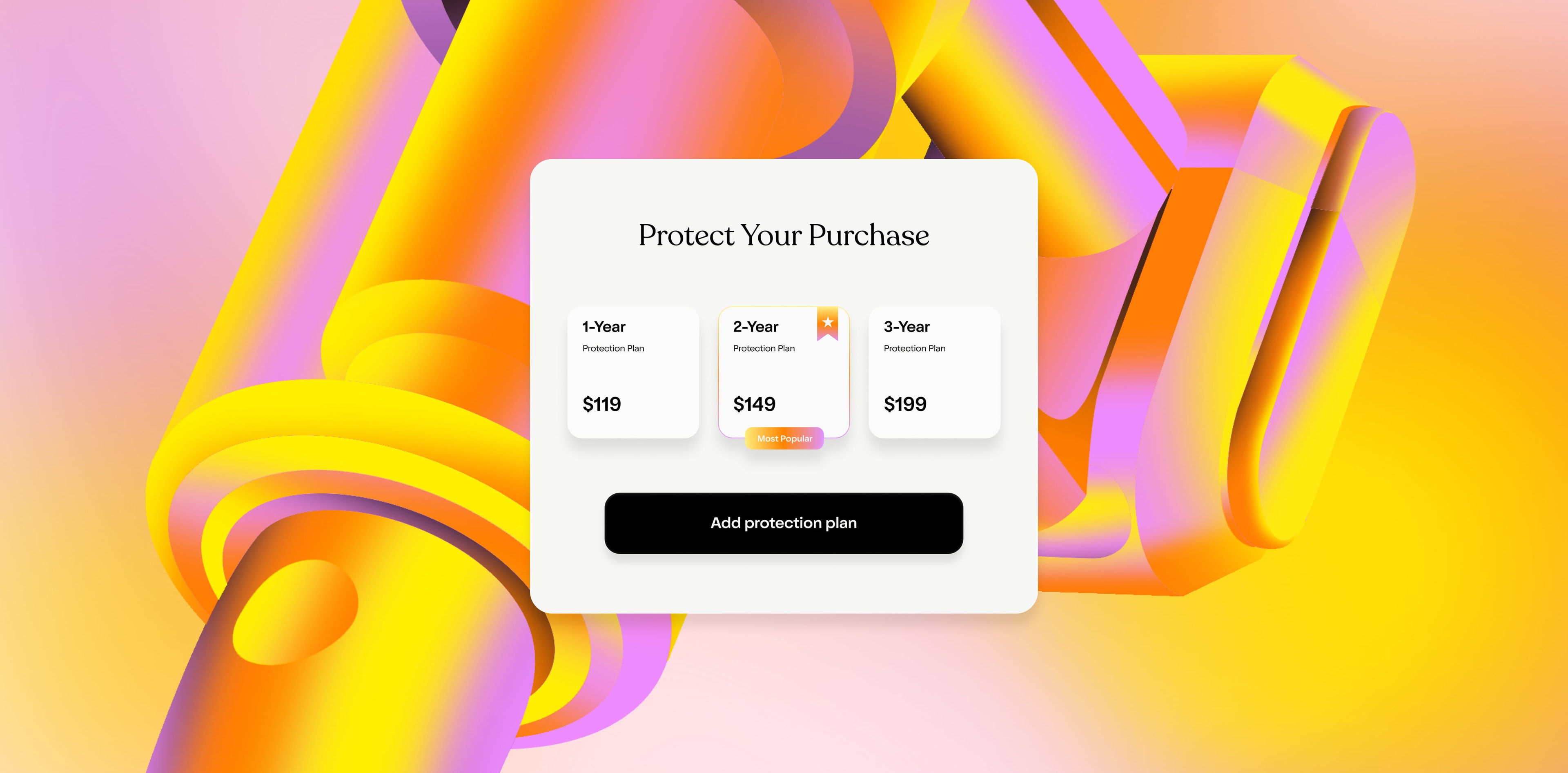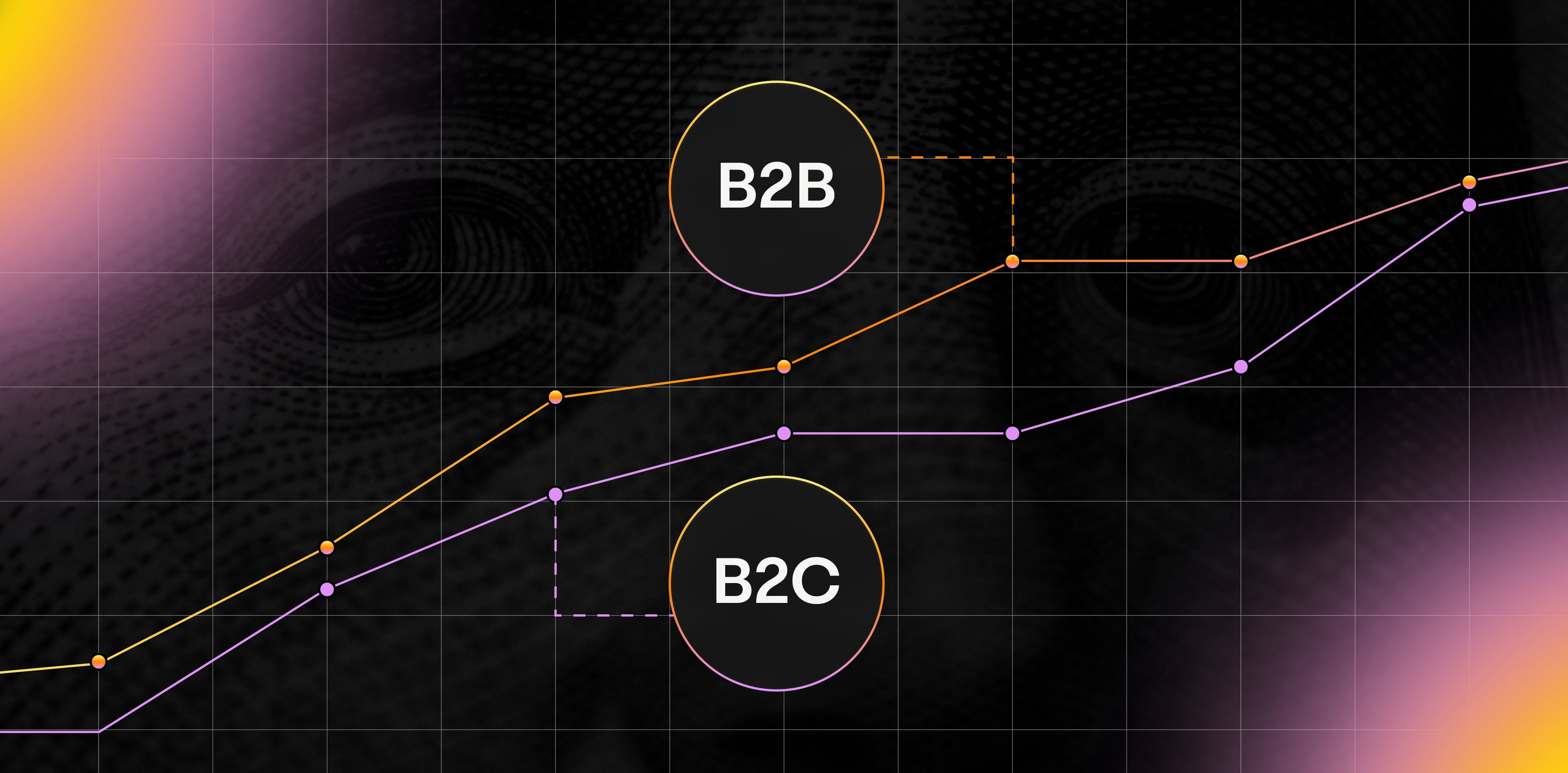The pandemic blew expectations for eCommerce growth out of the water. What really happened, and what does it mean for what’s next?
Raise your hand if it’s news to you that 2020 was a banner year for eCommerce.
*Looks around, sees no hands raised.*
Glad to see we were all paying attention.
But while it’s easy to understand why eCommerce jumped the way it did—we were all staying home to avoid a deadly disease; those of us lucky to be at home had more disposable income to spend; the internet became our dear friend—it’s worth digging into how exactly that happened and what the industry is expecting for the future.
We’ve done that for you. Here are the highlights:
What did the eCommerce spike look like around the world? In 2020, a full 19% of global retail sales were made online, per UN economists , with the biggest spikes happening in the UK (where eCommerce accounts for 23% of all sales) and China (25%). The U.S. is at 14%.
Will the spike peter out or stay strong? Even as the CDC says we can take masks off and employers are starting to return to offices, the shift to eCommerce looks to be a permanent one. For example, Walmart recently shared their first quarter numbers and reported a 37% growth in net eCommerce sales in Q1, even compared to pandemic spikes in the same time period last year. That growth was driven, said the company, by increased interest in store pickup and delivery services as well on online marketplaces, suggesting that omnichannel retail is here to stay and will only help, not hurt, eCommerce sales in the long run.
Where is the industry heading and what is it doing with all this extra interest and profit? The pandemic-fueled acceleration into eCommerce has pushed forward technical innovation in the space. Per research firm CBInsights’s Q1 report on retail tech , funding to eCommerce tech grew 73% compared to the prior quarter and now represents nearly $12B of investment in spaces like checkout, cybersecurity, and virtual try-ons, among others.
What did the eCommerce spike look like around the world?
eCommerce grew its market share in major economies around the globe, per the UN , including:
Australia, where online retail accounts for 9% of retail sales
Canada, 6%
China, 25%
South Korea, 26%
Singapore, 12%
United Kingdom, 23%
United States, 14%
Of the top 13 B2C eCommerce companies, 11 of them are from China or the United States. While a few travel companies have managed to hang on to top spots, their rankings dropped as companies offering things like grocery and niche marketplaces overtook them:
Alibaba, grossing $1.15T
Amazon, $575B
JD.com, $379B
Pinduoduo, $242B
Shopify, $120B
eBay, $100B
Meituan, $71B
Walmart, $64B
Uber, $58B
Rakuten, $42B
Expedia, $37B
Booking Holdings, $35B
Airbnb, $24B
And while GDP and big, multi-national corporations saw eCommerce booms, so did smaller businesses. Whether retailers had always been online-only or, like Houston chocolate shop Cacao & Cardamom , had to adapt into an eCommerce company on the fly, more customers with more disposable income has been a boon for smaller retailers, too. (That chocolate shop now drives 70% of sales—compared to 10% last year—from eCommerce!)
Will the spike peter out or stay strong?
eCommerce started out as retailers with unique products finding their market fit on an ever-expanding online marketplace. Then it evolved to being about the platform for finding and delivering those products (thanks in no small part to players like Amazon, and later Shopify and the like). Now it’s a vertical of its own, with eCommerce players owning their own product development, distribution, delivery, and marketing, and truly competing with established brick-and-mortar stores across all industries.
And the recent 40% spike in eCommerce due to the COVID-19 pandemic may have accelerated the role eCommerce plays for consumers, but it didn’t artificially inflate it.
It’s hard to give customers something new and convenient and then take it away. Even when it’s safe to be milling around big box stores sans masks and strictly regulated capacity limits, many customers will stick with the convenience of buying things online. EY’s Future Consumer Index found that 80% of U.S. consumers are still changing the way they shopped and plan to continue doing so.
That’s true even for retail segments that previously seemed impervious to online competition (like grocery shopping).
According to a Q1 report from Produce Blue Book , a research agency focused on the grocery segment, U.S. online grocery sales were up 43% for March 2021. Average order values have stayed up, monthly active users have remained constant, and order frequency has gone up.
And while some segments of the grocery eCommerce market have suffered—home shipping is down, for instance—those changes can be explained by corollary spikes in retailer-owned delivery mechanisms, with buy-online-and-pick-up-in-store options spiking along with direct delivery options. (For instance, H-E-B, a Texas-based grocery chain, just announced that they are making curbside pickup services permanently free.)
As of March 2021, 62% of online grocery buyers were likely to use that service again.
And technology is evolving to enable even more people to participate in eCommerce across industries, from groceries to consumer technology and more.
The World Economic Forum just put out a report on how the pandemic-related shift away from cash and towards digital payments is locking out 1.7 billion adults worldwide who do not have access to bank accounts, and how pioneering financial solutions, from biometric authentication to hybrid buy-online-but-pay-in-cash models, are getting those buyers online.
More customers, more convenience, more competition—we’re calling it: the spike is here to stay. Adobe’s Digital Economy Index expects global eCommerce to hit $4.2T in 2021, and U.S. eCommerce to hit $1T in 2022. We wouldn’t be surprised if that happens even faster.
Where is the industry heading and what is it doing with all this extra interest and profit?
eCommerce isn’t just about eCommerce anymore, argues a recent Harvard Business Review op-ed ; instead, “the future success of retailers will ultimately depend on creating a cohesive customer experience, both online and in stores.”
Looking at where major players are investing and what the M&A trends suggest, that point is supported. Across the board, retailers who already have their ecomm fundamentals in place are looking to evolve the experience of the digital shopping journey, meeting customers as soon as they start consuming content with highly personalized, big-data-enabled outreach.
Let’s return to the CBInsights State of Retail Tech Q1’21 report for more detailed insight on some of those trends:
Investment in ecomm is winning the day. From digitizing traditional stores and creating more engaging online experiences to cutting fulfillment time and finding ways to make shipping more eco-friendly, retail tech is putting its money where its mouth is. In the first quarter of this year alone, 14 new retail tech unicorns entered the scene, mostly in the ecomm niche, and ecomm tech funding jumped 73% to reach $11.7B.
Big deals for online delivery and marketplaces abound. Three of the five highest-valued new ecomm unicorns are focused on streamlining online ordering and fulfillment (Weee!, an online grocery platform in the U.S.; Getir, a 10-minute delivery platform in Turkey operating a dark-store model; and Dutchie, an online marketplace for marijuana dispensaries in the U.S. and Canada), and a whopping 73 mega-fundraising rounds (deals worth > $100M) in Q1 focused on those areas.
Ecommerce growth is spurring growth in related fields. “Fraud protection and consumer data privacy will be increasingly important as a significant portion of consumer spending lives online,” hypothesized the CB team, who found that retail-focused cybersecurity tech came in at $1.8B in Q1.
Ecommerce giants give a glimpse at future growth. Want to know what Amazon thinks the future of ecomm looks like? Just look at their balance sheet. In the first quarter of this year, Amazon acquisitions included Australia- and India-based ecomm platforms to help them compete with other ecomm players in those markets; the company also invested in electric delivery vans and on-demand beauty and spa services.
To recap, all these trends prove the points we explored above: eCommece’s growth is a global phenomenon, it’s here to stay, and it’s driving towards innovation at every stage of the sales funnel and every part of productization and platforming.
The way buyers find products online will only continue to evolve. So will the ways they try on products, buy products, pay for products, protect products , get rewarded for their purchases, and share their purchases with their networks.
On the industry side, the way retailers find customers, serve them advertising, gather data on them, protect their purchases, and build customer loyalty will all change, too.
The arms race continues, and we’ll be right here, tracking it with you.
SIGN UP FOR OUR NEWSLETTER


















